Researchers achieved 3D printing of flexible silicone rubber structures through combining water with solid and liquid forms of silicone into a pasty ink.
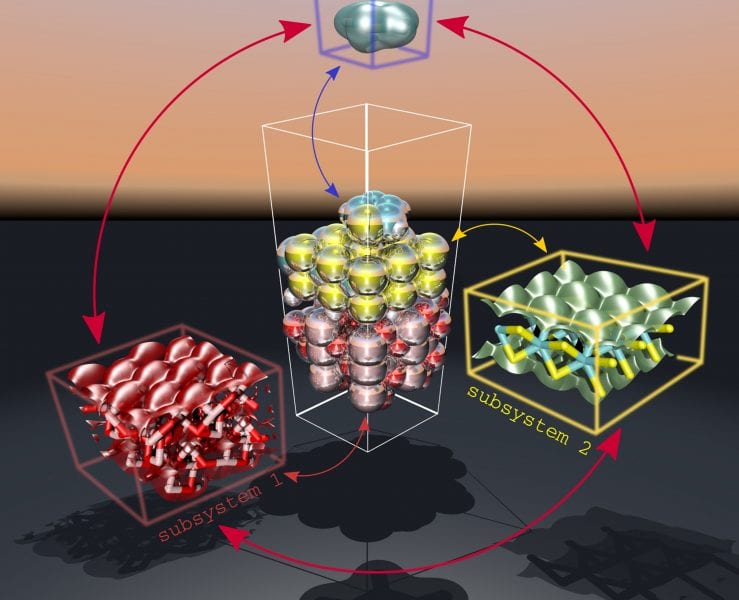
Novel Divide-and-Conquer-Based Computer Simulations
Computer simulations provide valuable and often critical insight into the structure and properties of materials and molecules.
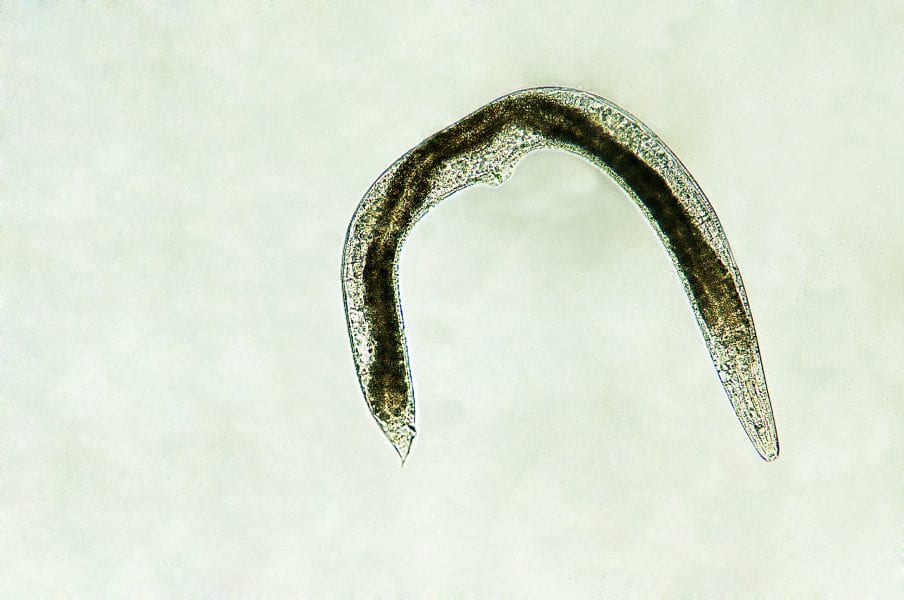
Phenotypic Plasticity in C. elegans: In “Dauer” Need of Stress Relief
Interestingly, C. elegans is capable of a remarkable case of phenotypic plasticity, called the dauer stage, where it is capable of surviving without food for three months. (Image credit: D. Kucharski K. Kucharska/Shutterstock)
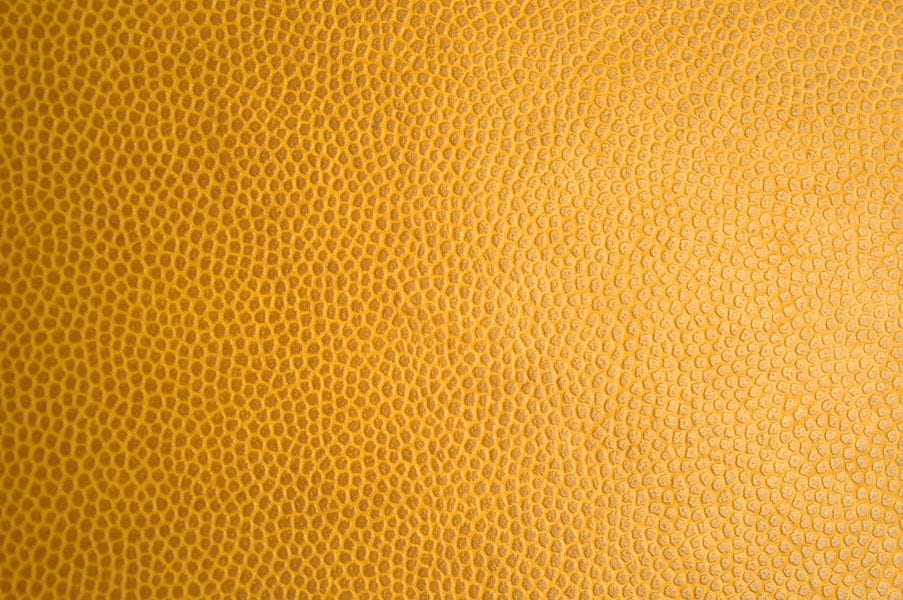
Skin-Like Polymeric Coatings
A regenerative coating system that consists of a multilayer structure analogous to skin where the coating is formed on a vascularized substrate is developed.

Directing the Self-assembly of Nanoparticles for Innovative Molecular Computing Applications
A directed self-assembly of gold nanoparticles may be employed for the design of molecular electronic networks for logic or memory applications.

Understanding the Physics and Chemistry of 2D Materials’ Oxidation Process
While the electronic and structural properties of 2D materials make them appealing, their chemical stability—especially in ambient conditions—is not favorable.
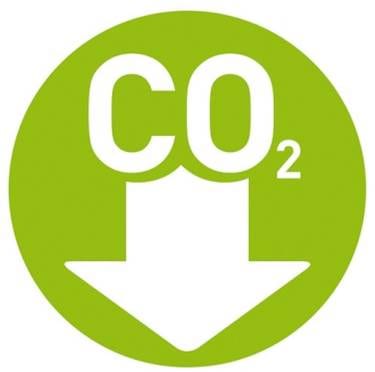
Interview: Advances in Carbon Dioxide Utilization
Prof. Elizabeth Biddinger talks about her recent article on copper-based catalysts for carbon dioxide electroreduction, which brings new insights towards the renewable conversion of carbon dioxide, a well-known greenhouse gas, into green fuels and chemicals.
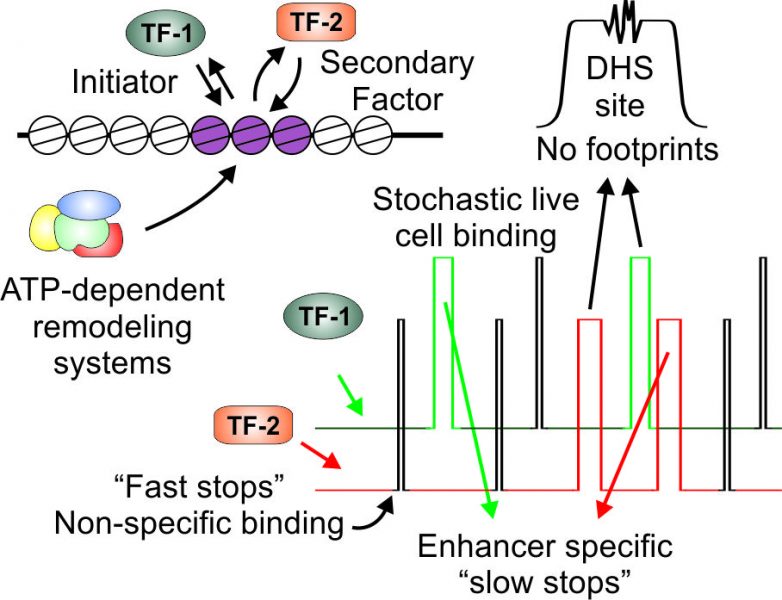
Dynamic Enhancer Function in the Chromatin Context
In live cells, many enhancer-binding transcription factors exchange rapidly with their binding sites and leave no footprints in chromatin. Available data suggests a highly dynamic mechanism for enhancer activation, involving numerous stochastic binding events at a target enhancer.

Biofuels in Aviation
In a large-scale test, DLR researchers investigated the use of biofuels as well as blends of biofuels and kerosene in a real engine.
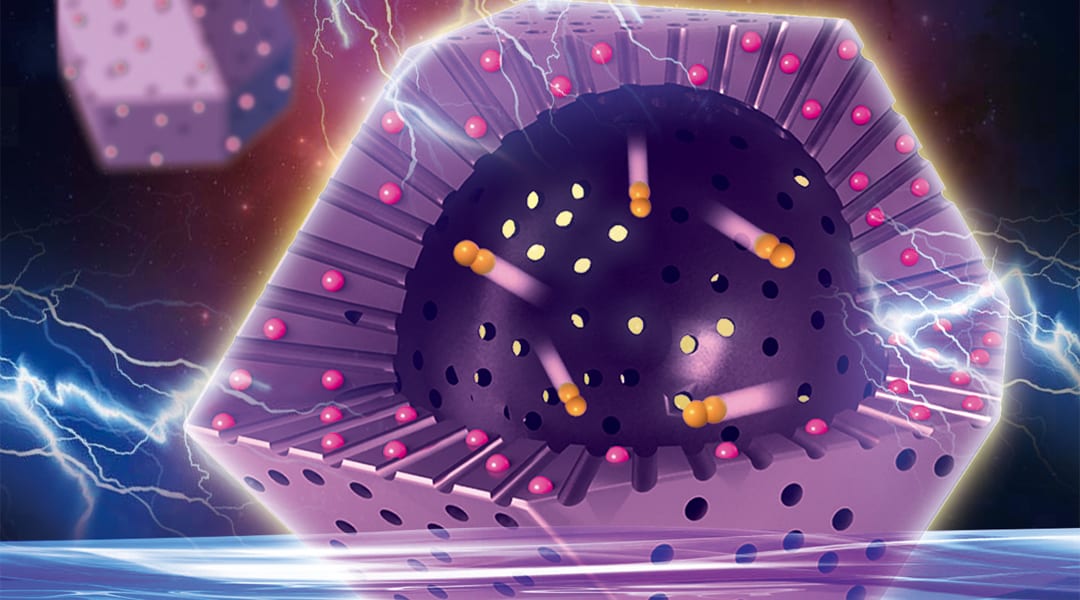
Improving Metal–Air Battery Performances by Trapping Oxygen
A hollow cobalt and nitrogen co-doped carbon nanopolyhedra catalyst, which effectively traps oxygen molecules available in the electrolyte is fabricated.










